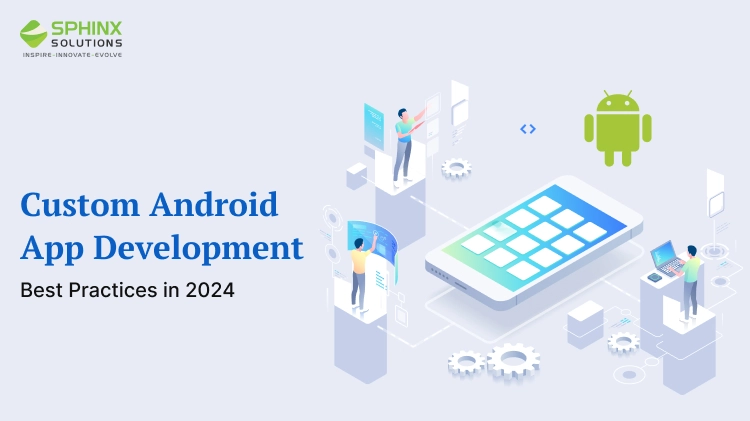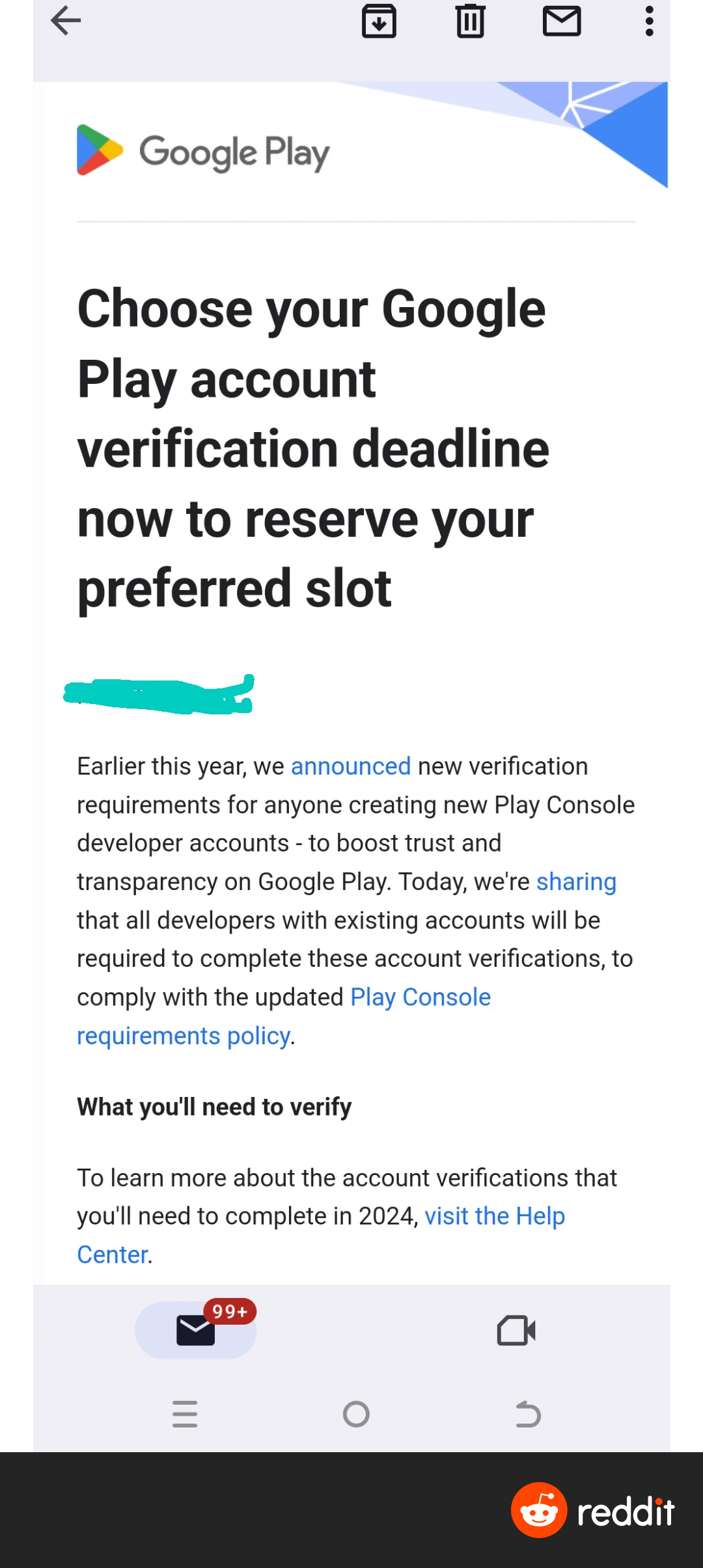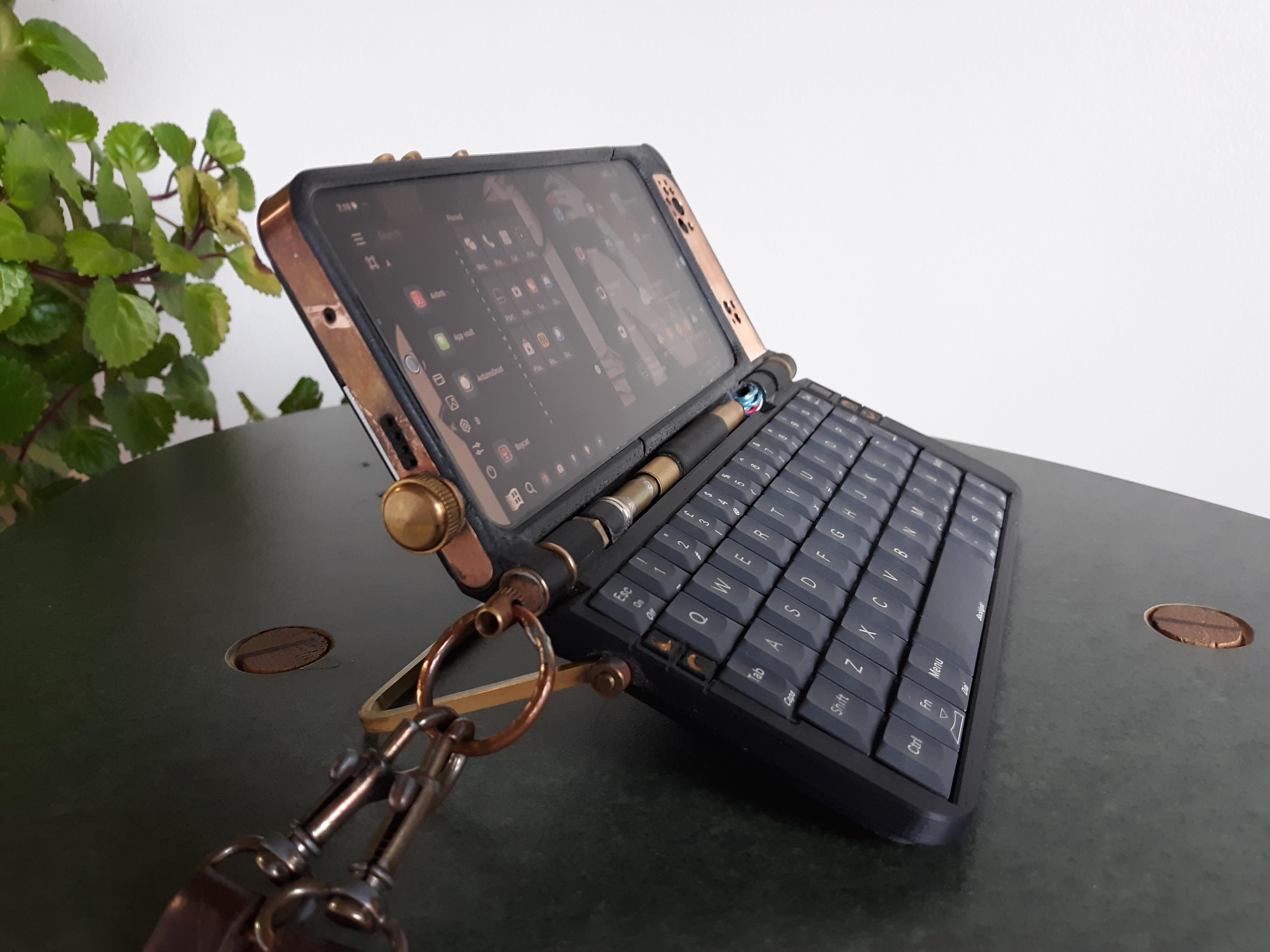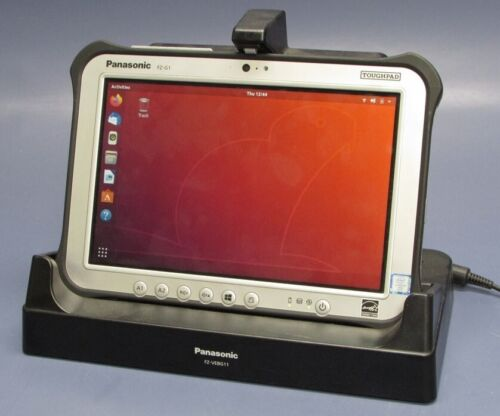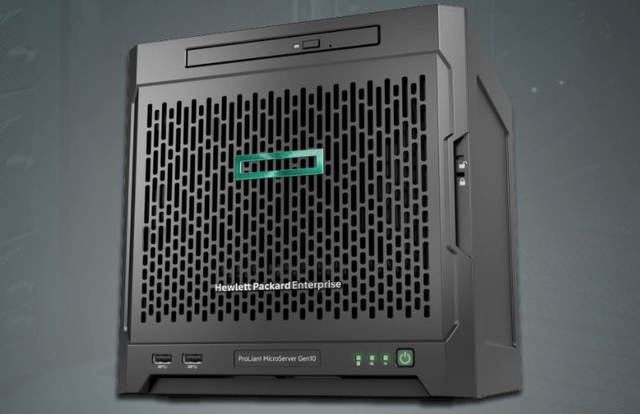The Honda infotainment system has emerged as a focal point in discussions about automotive technology, especially given its recent upgrade potential. Users of vehicles like the Honda Accord have shared their experiences with car infotainment upgrades, revealing both the strengths and weaknesses of the integrated system. Notably powered by dated hardware, the system often grapples with infotainment system issues, such as crashes and slow response times. Many enthusiasts are turning to RAM upgrades to enhance performance, allowing for a more seamless interaction with features like Android infotainment. As technology continues to evolve, the Honda infotainment system represents both the challenges and advancements of modern automotive innovation.
The multimedia interface in modern vehicles, particularly seen in Honda models, showcases advancements in car connectivity and digital user experience. This automotive media hub serves as a crucial component for drivers seeking enhanced interaction via smartphone integration and real-time media access. However, like many infotainment platforms, users frequently encounter various operation hurdles, emphasizing the need for potential hardware enhancements. Upgrading the RAM within these systems has become a popular solution, aimed at alleviating performance bottlenecks and ensuring a smoother user journey. As digital car interfaces continue to improve, understanding their intricacies becomes essential for both manufacturers and consumers alike.
Understanding the Honda Infotainment System
The Honda infotainment system is a representation of how automotive technology has evolved in modern vehicles. Originally designed to function much like a standard Android tablet, it often grapples with issues of speed and reliability. Users may find that the user interface feels dated and unresponsive, particularly in older models like the 2016 Honda Accord. It utilizes a dual-core Cortex-A15 SoC paired with 1 GB of RAM, highlighting both its strengths and weaknesses in processing capabilities. Despite its potential for integration with car audio and navigation, many drivers experience frustrations due to frequent crashes and delays.
These performance inconsistencies are often a result of software limitations and hardware constraints. The reliance on an outdated version of Android (4.2.2) paired with such limited RAM can lead to out-of-memory errors during use, making it a point of concern for those wanting a seamless driving experience. Upgrading aspects of the infotainment system, like the RAM, is a pursuit few adventurous car enthusiasts embark on. A successful RAM upgrade, as discussed in the teardown, can significantly enhance functionality and stability, breathing new life into the system and allowing for a much improved user experience.
Car Infotainment Upgrades: The Quest for Better Performance
As the demand for better car infotainment systems has surged, many enthusiasts are exploring upgrades to enhance the capabilities of existing units. Upgrading RAM is one of the critical factors that can lead to improved system performance. For instance, in older models like the Honda infotainment system, original configurations often fall short in supporting newer applications, leading to sluggishness and frequent system crashes due to RAM limitations. By increasing the RAM from 1 GB to 2 GB, users can improve multitasking capabilities and potentially resolve many of the common infotainment system issues.
Additionally, automotive technology continues to evolve, providing innovative solutions to modern challenges. Upgrades may also include better CPU, improved storage options, or even complete software overhauls to newer versions that support additional features. However, it is worth considering that not all upgrades are straightforward, and installation may lead to further complications if done without care. Drivers should ensure compatibility with their specific vehicle model and consider the necessary adjustments to boot configurations or firmware, much like the detailed modifications required in the RAM upgrade case.
Addressing Infotainment System Issues
Infotainment system issues plague many vehicles, and understanding the underlying causes can help users seek appropriate solutions. Users of the Honda infotainment system have often reported problems ranging from performance lags to complete system failures. One major contributor to these issues is the limited hardware capacity, particularly the RAM, which can quickly become a bottleneck for multitasking and app functionality. When a system runs low on available RAM, it can lead to crashes or freezing, especially when running resource-heavy applications.
To combat these problems, solutions like RAM upgrades have been explored, offering a pathway to enhanced stability and responsiveness. Furthermore, users are encouraged to maintain their systems regularly, ensuring that software is updated to the latest available versions to fix bugs and improve functionality. In the end, addressing these infotainment system issues requires a combination of hardware tweaks and software management, resulting in a much more enjoyable driving experience.
The Role of RAM Upgrades in Automotive Technology
In today’s modern vehicles, automotive technology plays a pivotal role in enhancing the driving experience. One significant aspect of this technology is the infotainment system, which benefits greatly from RAM upgrades. For many infotainment systems, particularly older models, limited RAM can hinder performance, leading to sluggish interfaces and annoying crashes. By upgrading the RAM, users often realize much-improved performance and responsiveness, allowing them to better enjoy features such as navigation, streaming music, and hands-free calling.
The successful implementation of a RAM upgrade involves not only the physical replacement of components but also careful attention to the system’s firmware and configurations. Users need to ensure that the correct RAM configuration is set post-installation to avoid reverting to original settings or encountering additional stability issues. Thus, while a RAM upgrade to 2 GB may provide the necessary boost, it also requires thorough understanding and attention, demonstrating how deeply integrated automotive technology has become in our driving habits.
Exploring Android Infotainment Systems in Vehicles
Android infotainment systems have gained popularity in the automotive industry, offering features that enhance connectivity, entertainment, and navigation. The appeal of integrating an Android-based system comes from its wide range of applications and customization capabilities, enabling users to tailor their experience to their personal preferences. However, many systems, including the Honda infotainment system, face challenges stemming from outdated hardware and software. Issues like lagging performance can deter users from fully utilizing these systems.
Despite these challenges, automotive manufacturers are increasingly looking to incorporate robust Android solutions into their infotainment systems. By leveraging more recent technologies and improving RAM capabilities, these systems stand to deliver much better performance. As seen in the discussed RAM upgrade case, such improvements are crucial for an optimal user experience. The right configurations, paired with modern applications, are essential for embracing the potential of Android infotainment systems in cars.
Tips for Enhancing Your Car Infotainment Experience
Enhancing your car infotainment experience can lead to a smoother and more enjoyable drive. One of the key aspects involves ensuring your system is updated and maintained regularly. Users should try to stay on top of updates provided by manufacturers, which can fix bugs and improve functionality. Furthermore, those experiencing lag or crashes may consider looking into hardware upgrades, such as increasing RAM or storage capacity. These upgrades can dramatically improve system responsiveness and reduce the occurrence of common infotainment system issues.
In addition to hardware enhancements, it’s also beneficial to explore the various apps and features available through the infotainment system. Getting familiar with navigation tools, music streaming services, and hands-free functions can vastly improve your in-car experience. Make sure your system is optimized for your mobile device, enabling seamless integration for calls and notifications. By combining both software management and hardware enhancements, drivers can create an infotainment environment that complements their lifestyle and boosts their driving enjoyment.
The Future of Automotive Infotainment Systems
The future of automotive infotainment systems looks promising, with emerging technologies poised to revolutionize driver interaction. Innovations such as voice control, gesture recognition, and advanced AI integration are blending seamlessly into infotainment design, enhancing user experiences like never before. These features aim to minimize distractions while providing convenient access to important functionality, aligning perfectly with the increasing focus on driver safety.
On top of these advancements, the integration of high-performance hardware, including faster CPUs and increased RAM, ensures that future infotainment systems will comfortably accommodate the multitude of new applications and services. As vehicles become more connected, manufacturers will continue to refine infotainment systems to meet the high expectations of tech-savvy consumers, moving away from the limitations of older systems like that found in the 2016 Honda Accord. Thus, automotive technology is set for exciting advancements that will greatly enhance both usability and driving pleasure.
Comparing Infotainment Systems Across Brands
When evaluating car infotainment systems, it’s essential to compare the different capabilities across various automobile brands. Each manufacturer develops their systems with unique features and technologies, catering to their target audience. For example, Honda’s infotainment system, while functional, has been noted for performance issues and an outdated interface compared to competitors like Tesla or BMW, which showcase cutting-edge designs and features.
Brands that actively invest in modernization and user experience often see higher customer satisfaction. The advancements made in infotainment systems can vary significantly – from the user interface, responsiveness, and integration with other automotive technology, to the overall engagement with drivers and passengers. Understanding these variations can guide consumers in choosing a vehicle that aligns with their needs for connectivity and entertainment, ultimately enriching their driving experience.
User Experiences and Reviews of Infotainment Systems
User experiences and reviews of infotainment systems provide invaluable insights into how these systems perform in everyday scenarios. Many drivers express frustration with outdated systems, citing issues like slow response times and frequent crashes. For instance, the Honda infotainment system has received mixed reviews due to its simplistic interface and frequent lag, which some users find unacceptable in today’s technology-driven world.
On the flip side, positive reviews often highlight the ease of use and functionality of more modern systems, where features like touchscreens, navigation, and smartphone integration work seamlessly. Drivers highly appreciate systems that adapt to new technologies, allowing real-time updates and feature enhancements. Reviewers frequently emphasize the importance of system responsiveness and reliability, showcasing just how pivotal an effective infotainment system is for maintaining a high standard of user experience in cars.
Frequently Asked Questions
What are common issues with the Honda infotainment system?
Common issues with the Honda infotainment system include frequent crashes and sluggish performance, often attributed to low memory capacity (1 GB of RAM). Users may experience unexpected reboots and system lock-ups, especially when running Android infotainment applications.
Can I upgrade the RAM in my Honda infotainment system?
Yes, it is possible to upgrade the RAM in certain Honda infotainment systems, particularly those from around 2016-2017. By replacing the original RAM chips with higher capacity options, users can potentially resolve stability issues and improve overall performance.
How can automotive technology impact my Honda infotainment upgrades?
Upgrades in automotive technology can significantly enhance the functionality of your Honda infotainment system. Modern technologies may introduce more powerful processors and additional memory, leading to improved user experiences with faster response times and better multitasking capabilities.
What are the benefits of car infotainment upgrades for Honda models?
Car infotainment upgrades for Honda models can provide enhanced features such as better navigation, improved audio quality, and support for more modern apps. These upgrades often come with increased RAM and processing power, addressing issues like slow performance and crashes.
What steps should I follow if my Honda infotainment system keeps crashing?
If your Honda infotainment system keeps crashing, start by ensuring all software is up to date. If crashes persist, consider checking for RAM issues or hardware malfunctions. Upgrading the RAM may also be a viable solution to improve stability if the system supports it.
How does Android infotainment perform in Honda vehicles?
Android infotainment in Honda vehicles generally offers a user-friendly interface; however, performance can be hindered by limitations in RAM and processing power. Users may experience slow loading times and occasional system instability, which can often be improved with a RAM upgrade.
What should I consider when troubleshooting Honda infotainment system issues?
When troubleshooting Honda infotainment system issues, consider checking for software updates, reviewing memory usage, and inspecting for any hardware faults. Upgrading the RAM can also be a significant step towards resolving persistent performance problems.
Are Honda infotainment systems compatible with Android Auto?
Many Honda infotainment systems are compatible with Android Auto, allowing for easy integration of Android devices. This feature enhances navigation and media options, although performance can depend on the system’s overall specifications and RAM capacity.
| Feature | Details |
|---|---|
| System Overview | Honda’s infotainment is essentially a locked-down Android tablet. |
| Hardware Specs | Powered by a dual-core Cortex-A15 SoC, 1 GB RAM, 2 GB storage, runs Android 4.2.2 |
| Common Issues | Frequent crashes due to out-of-RAM events. |
| RAM Upgrade Attempt | Main board teardown revealed unused memory channels; a total of 2 GB RAM was successfully added but initially recognized only as 1 GB. |
| Future Tests | Further testing of the upgraded system will determine whether stability issues are resolved. |
Summary
The Honda infotainment system represents a significant step in automotive technology, combining traditional elements with modern usability challenges. While it boasts a familiar Android interface, its frequent crashing and limited hardware specifications have drawn user concerns. Upgrading the system’s RAM has shown promise in enhancing performance, though thorough testing is required to ensure these fixes translate into improved stability. As the automotive industry continues to evolve with smarter technology, it is crucial that manufacturers like Honda focus on optimizing these systems for a seamless driving experience.






